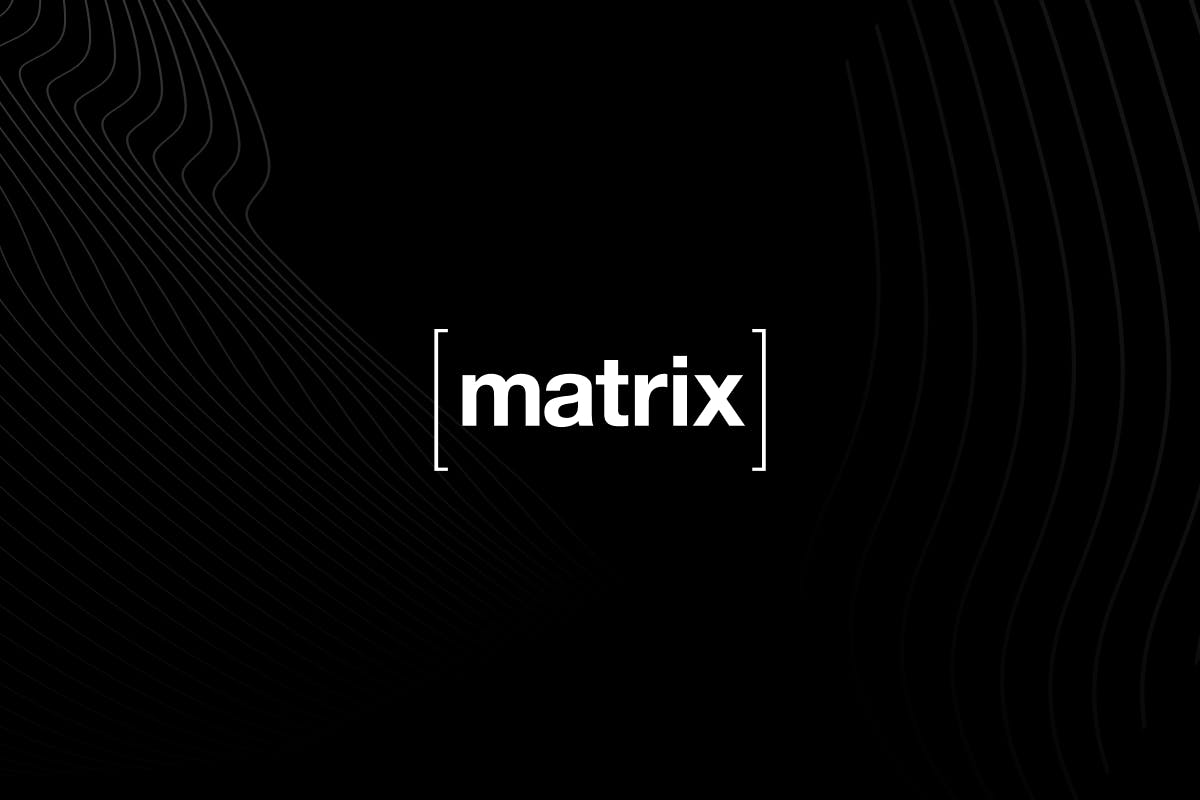
,
In machine learning (ML), there's a golden rule: 'quality beats quantity,' especially with data. This article is for you if you're in the USA or elsewhere and scratching your head about ML consulting. Why does data quality play such a crucial role in machine learning? How does it impact how well your models work and if your ML projects hit the mark? These are the biggies we're diving into.
Whether you're just dipping your toes into ML or trying to figure out why your ML models need top-notch data, this guide's got your back. We'll discuss the headaches that come with massive data sets in ML and how focusing on quality data can fix those problems. You'll discover what 'high-quality data' really means and why it's crucial for building ML models that are spot-on and reliable.
We will also explore smart ways to gather data that prioritize quality and share the best practices for prepping your data. By the end of this guide, you'll get why data quality is the king in ML and how it can either make or break your ML projects.
Come along on this eye-opening journey to understand how crucial data is in machine learning (ML). We'll see why having top-quality data matters way more than just having a lot of it. It's all about understanding that when it comes to data in ML, quality always trumps quantity. Let's dive in!
The Importance of Data Quality in ML
In machine learning (ML), having top-notch data is key. It's like the secret ingredient for making your ML models work right. Let's break down why great data beats having tons of okay data any day.
First, watch out for data issues like noise, which is like having wrong or pointless info messing with your model, or irrelevant features that lead your model off track. Imagine cooking with inappropriate ingredients; the result is unlikely to be satisfactory.
Then, there's data accuracy. If your data's wrong, your model will be too. It's like learning from a textbook full of mistakes. That can be a real problem in serious healthcare or finance.
Quality data is necessary because it teaches your model the right stuff, helping it make smart predictions. If your data is up to par, your model will learn well and do its job right. This could cost businesses big time.
Remember to include values, too. Imagine solving a puzzle with missing pieces. That's what your model faces with incomplete data. This becomes particularly challenging with large datasets, where managing all the details can become complex.
When diving into ML, remember that good data is your best friend. It's all about accuracy, relevance, and completeness. Quality always beats quantity in ML, making your models accurate, trustworthy, and useful for your business.
Challenges of Large Datasets in ML
Handling huge datasets in machine learning (ML) can be a headache. Having loads of data is great, but it's more complicated. It's really about finding a spot between how much data you have and how good it is so your computers stay calm, and your models don't get too clingy to the training data.
First off, big datasets mean big computing needs. Crunching through all that data can take a ton of computer power, which is costly and quick. It's a big deal for companies, especially if they need to be set up to deal with massive amounts of data. The key isn't just to pile up more data; it's about getting the right data and working through it smartly.
Then there's this thing called overfitting; it's like when your model gets super focused on the little quirks in the training data but flops when it sees new data. It's like studying only the examples in a textbook and then bombing the exam because you didn't get the concepts. The more data you have, especially if it's not top-quality, the more you risk falling into this trap.
Handling big data in machine learning is all about striking the right balance. It's not just about hoarding a bunch of data; it's about making sure your data is spot-on, neat, and organized in a way that really helps your model catch on. So, you've got to be clever about collecting your data and prep it for action.
Sure, having a ton of data sounds like a goldmine for machine learning, but it's with its headaches. It would help to have some serious computing muscle to process all that info. And then there's the risk of your model getting too cozy with the training data and needing to learn how to deal with new stuff that needs to be more balanced.
Key Aspects of High-Quality Data
In machine learning (ML), the real deal is the quality of your data. It's like the secret ingredient in your ML recipe. Let's break down what makes data top-notch and why it's super important:
Data Relevance
- Think of this as matching your ingredients to your recipe. Your data needs to be suitable for the problem you're tackling. If it's not, you could end up with a model that could be better.
- Keep an eye on your data sources. As your ML model changes and grows, ensure your data keeps up and stays relevant.
Data Cleanliness
- Just like cooking with fresh ingredients, clean data is a must. It should be spotless – no errors, repeats, or jumbled info.
- Cleaning your data is like prepping your veggies, it's crucial. This step ensures your model's working with the good stuff and giving you the best results.
Data Diversity
- Diversity in data is like having all kinds of spices in your kitchen. It means your data covers many different scenarios your model might see.
- Mix it up! Include data from different people, places, and situations. It keeps your model sharp and fair and stops it from being one-sided.
Data Timeliness
- ML models love the latest news. Working with old data is like using last week's newspaper to know today's weather.
- Keep your data fresh. Update it regularly to ensure your model knows what's up here and now.
Bias Prevention
- Watch out for bias sneaking into your data. It can twist your model's decisions in ways you might not realise.
- Regularly check your data. Make tweaks to keep it balanced and fair so your model decides on the level.
So, there you have it! High-quality data involves getting the right, clean, diverse, current, and unbiased info into your ML model. It's not just about heaps of data; it's about the right data. Quality data makes your ML model smart and effective, ready to tackle real-world challenges. Remember, quality trumps quantity every time in the world of ML.
Data Collection Strategies for Quality
Regarding machine learning (ML), consider data collection like planning a major expedition. It would help to have the right map, supplies, and a clear destination idea. Here's the lowdown on collecting the best data for your journey.
First up, know what you're after. It's like setting clear goals for your trip. Figure out exactly what your ML model needs to learn. This will guide you in picking data that's spot-on and useful for your project.
Then, it's all about variety. Imagine trying different cuisines on a road trip. You want data from all sorts of places and people. This mix gives your model a real-world taste, making sure it's not just smart but also fair and well-rounded.
Getting your data balance right is super important, too. It's like packing your backpack evenly. You don't want it tipping over. Your data set should represent everyone and everything fairly. That way, your model won't be biased and will be useful.
Keeping your data clean and up to scratch is a must. Regularly check it for mistakes or stuff that needs to be added up. It's like making sure your compass is pointing true north. This keeps your ML model on track and reliable.
Remember the tools you use to gather your data. Choosing the right ones is key, like picking the best gear for a hiking trip. The better your tools, the better your data collection will be.
Lastly, remember it's about more than just how much data you have. It's more about the quality. Sometimes, a smaller set of top-notch data is more valuable than a huge pile of so-so data.
Collecting data for ML is about being selective, diverse, and balanced. It's like planning a well-thought-out journey. You're aiming for quality every step of the way to build an ML model that's reliable, smart, and ready for the real world.
Data Preprocessing Techniques
Data preprocessing in machine learning (ML) is like setting the stage for a big performance. This is where you shape raw data into something really useful for your models. Let's dive into some key steps that help improve your data quality.
Normalization is all about balance. You adjust numerical data in your dataset to a common scale without messing up the value ranges. This helps ensure that each data feature contributes evenly to your final predictions and prevents any one feature from having too much influence just because of its size.
Feature selection is about zooming in on what matters. You pick out the data features that impact your prediction goal the most. This step simplifies your model and boosts performance by eliminating irrelevant or redundant data.
Data cleaning is essential. It's about tidying up your data, fixing errors, removing duplicates, and sorting out inconsistencies. Good data cleaning practices are key for an accurate model because they help remove noise and improve the overall quality of your data.
Handling missing values is a common challenge. Missing data can skew your model's accuracy. You can fill these gaps with statistical methods (imputation) or drop parts of your data that need to include more info.
Feature engineering is about using your know-how to create new data features. It's like taking the data you already have and tweaking it or developing fresh features to boost your ML algorithms.
Data transformation? That's about shaping your data just right for analysis. You could group some data points, use placeholders for different categories, or make other little adjustments to represent your data better.
Getting your data prepped just right is a mix of art and science. You've got to get your data and know what your ML model needs. By following these preprocessing steps, companies can ensure their data isn't just plentiful and high-quality but perfectly prepped to power accurate and robust ML models.
Conclusion
Regarding machine learning, your data quality isn't just another checkbox; it's the bedrock of the whole operation. We've already seen how dealing with massive datasets can be tough, but it also opens the door to discoveries and smarter ways of doing things.
Keeping up with the latest in collecting and prepping your data isn’t just a good idea; your machine learning project must run smoothly and effectively. The quality of your data is like the deciding factor in whether your machine learning model is a roaring success or a bit of a flop. It's all about hitting the nail on the head with those predictions, unearthing those gems of insights, and ensuring your project packs a punch.
Paying attention to high-quality data is a big deal; it vibrates your machine-learning project. And with AI and machine learning constantly evolving, staying sharp on data quality will be key for everyone in the mix, from those tech gurus to the big idea folks. This whole focus is on making our data smarter. It's what will steer the ship for this super dynamic and thrilling field in the future.
Discover Codiste, the leading ML development company in the USA, specializing in cutting-edge ML model development. Elevate your business with our innovative solutions tailored to harness the full potential of machine learning technology.




